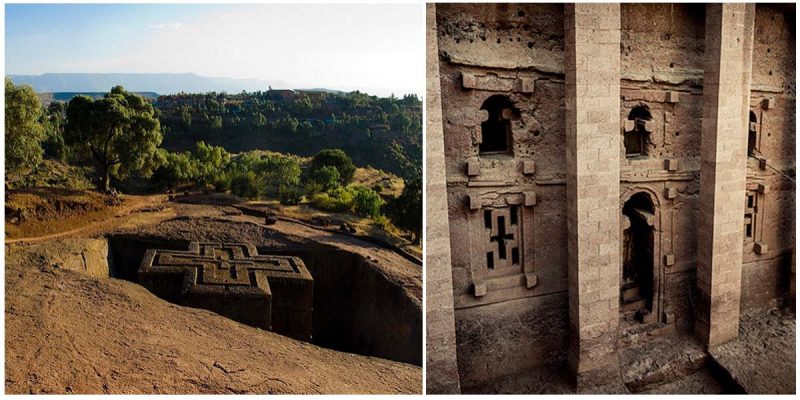The small town of Lalibela in Ethiopia is most famous for its monolithic rock-cut churches. It is one of Ethiopia’s holiest cities and a center of pilgrimage.
Lalibela is located in the Semien Wollo Zone of the Amhara region and is the main town in Lasta Woreda. Unlike Aksum, the population of Lalibela is almost completely Ethiopian Orthodox Christian.
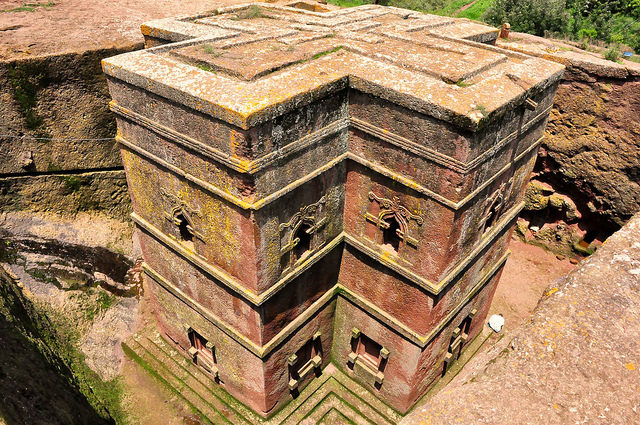
The current town of Lalibela was known as Roha during the reign of Saint Gebre Mesqel Lalibela, who ruled Ethiopia in the late 12th and early 13th century. Lalibela wanted to build a new Jerusalem as his capital in response to the capture of old Jerusalem by the Arabs in 1187.
The many churches in the city were unique, carved from a single piece of rock to symbolize spirituality and humility. The churches are unique because they were not constructed, they were excavated.
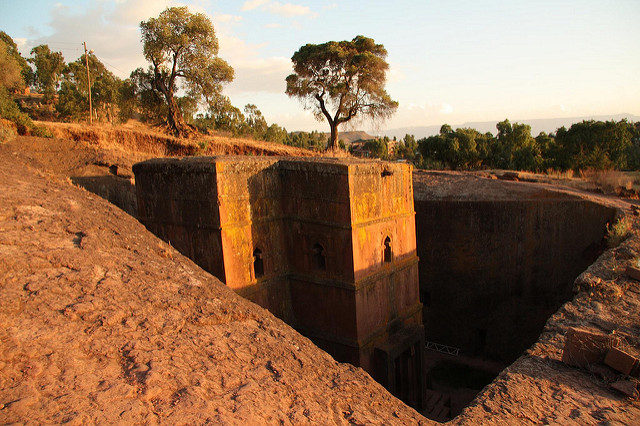
There are 11 churches identified by UNESCO that were built under the reign of Lalibela during the 12th and 13th centuries.
There are four groups of churches: The Northern Group, the Western group, the Eastern group and the monastery of Ashetan Maryam and Yimrehane Kristos Church.
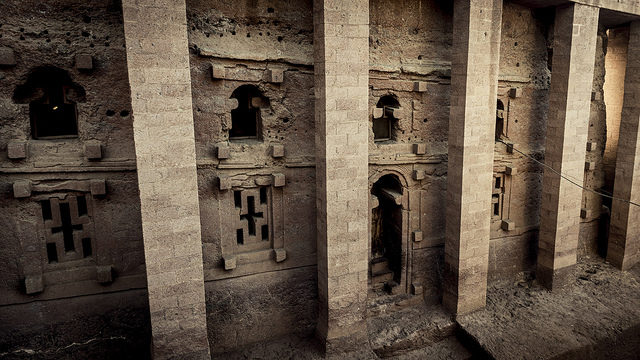
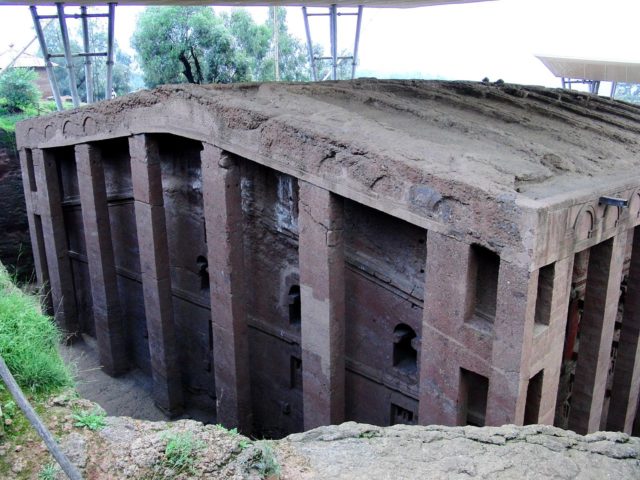
The first Europeans to see these magnificent holy sites were the Portuguese explorer Pero da Covilha and the Portuguese priest Francisco Alvares, who noted in his journal that the sights were so unique that no one would believe his descriptions. According to Sacred Destinations, the churches have been in continuous use since they were built in the 12th century.
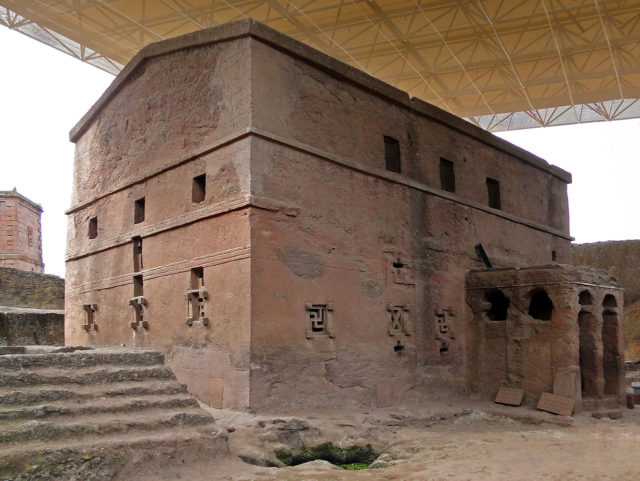
However, there is some controversy as to when some of the churches were constructed. David Buxton has argued that since the time spent to carve these structures from the living rock must have taken longer than the few decades of Lalibela’s reign, the work probably extended into the 14th century.
On the other hand, according to David Phillipson, the churches of Gabriel-Rufael, Merkorios, and Danagel were initially carved out of the rock half a millennium earlier during the Axumite Kingdom. Lalibela’s name simply came to be associated with them after his death.
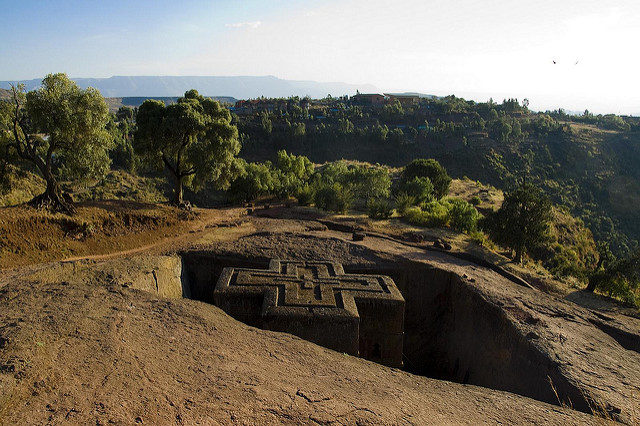
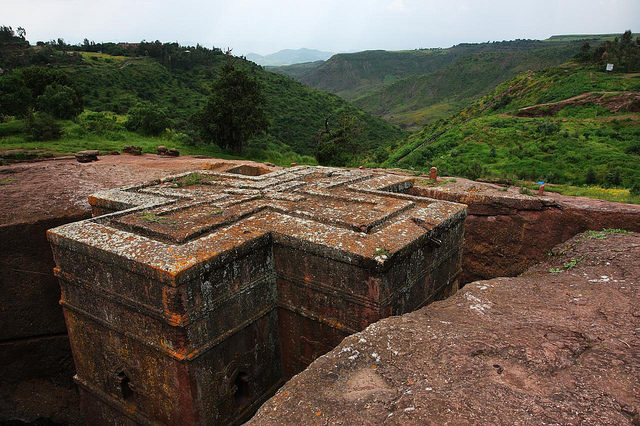
Here is another story from us:Abandoned: The Largest Medieval palace in Scotland
The most spectacular of the 11 churches is Biete Giyorgis, or The Church of St. George, carved from a type of volcanic tuff. It is the best known and youngest of the 11 churches in the Lalibela area and has been referred as the “Eighth Wonder of the World”. The church is a part of the UNESCO World Heritage Site – “Rock-Hewn Churches, Lalibela”.
